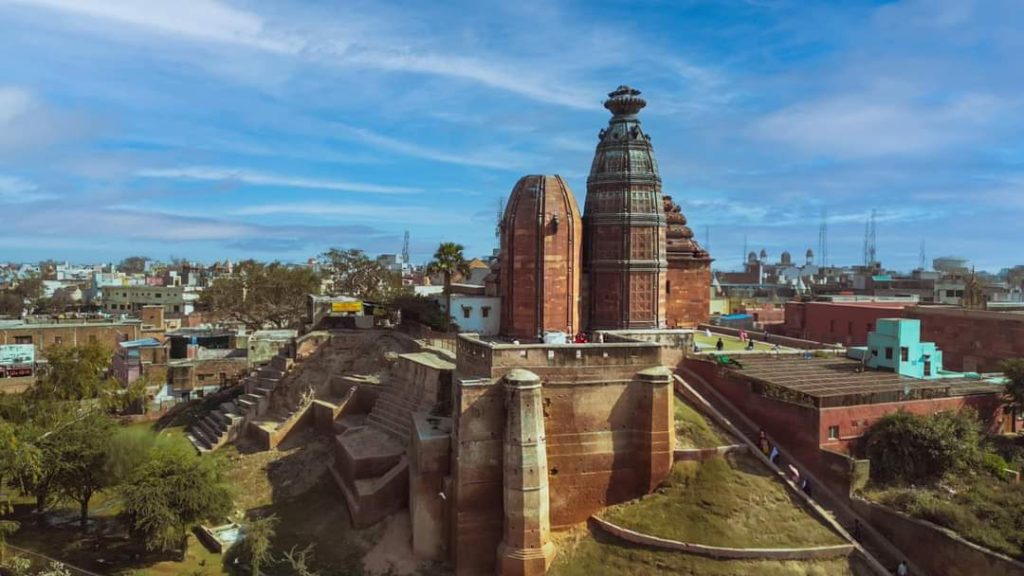One interesting concept we have in India is the MRP. If you look carefully, every product has an MRP stamped somewhere in the package. MRP stands for “maximum retail price”, and works as a limit for how much a product can cost. It is considered unlawful to sell products for more than the MRP. This is a way the government found to avoid people overcharging for products in remote regions.

In some cases, the MRP is the fair price for products, like in the case of water bottles, for example. A half-liter bottle costs 10 rupees and the guy selling it usually makes one or two rupees of profit. However, in most cases, products are supposed to be sold for substantially less than the MRP.
If you go to Amazon India, for example, you will see that most products are sold with “discounts” of 20%, 30%, or even 50%. In most cases these are not really discounts, but just the normal prices. The “discount” is just how much it is being sold under the MRP. In most stores in India, there are prices on the shelves, and you can compare the prices they are asking and the MRP of the products.
One difficulty we have in Mayapur is that usually the stores sell the products at the MRP price, which means quite expensive. One reason for that is that it is a remote region, therefore the prices of transportation can be higher than in the capitals. Another reason however is that the owners think that Western devotees are rich 🙂
Many sellers work with two prices, one for locals and another for people they perceive as tourists. When we pay the MRP, it usually means we are paying the tourist price.
This of course doesn’t interfere with our ability to benefit from the holy dhama and achieve love for Krsna, but it’s just something to keep in mind if you are trying to live in India on a budget.
